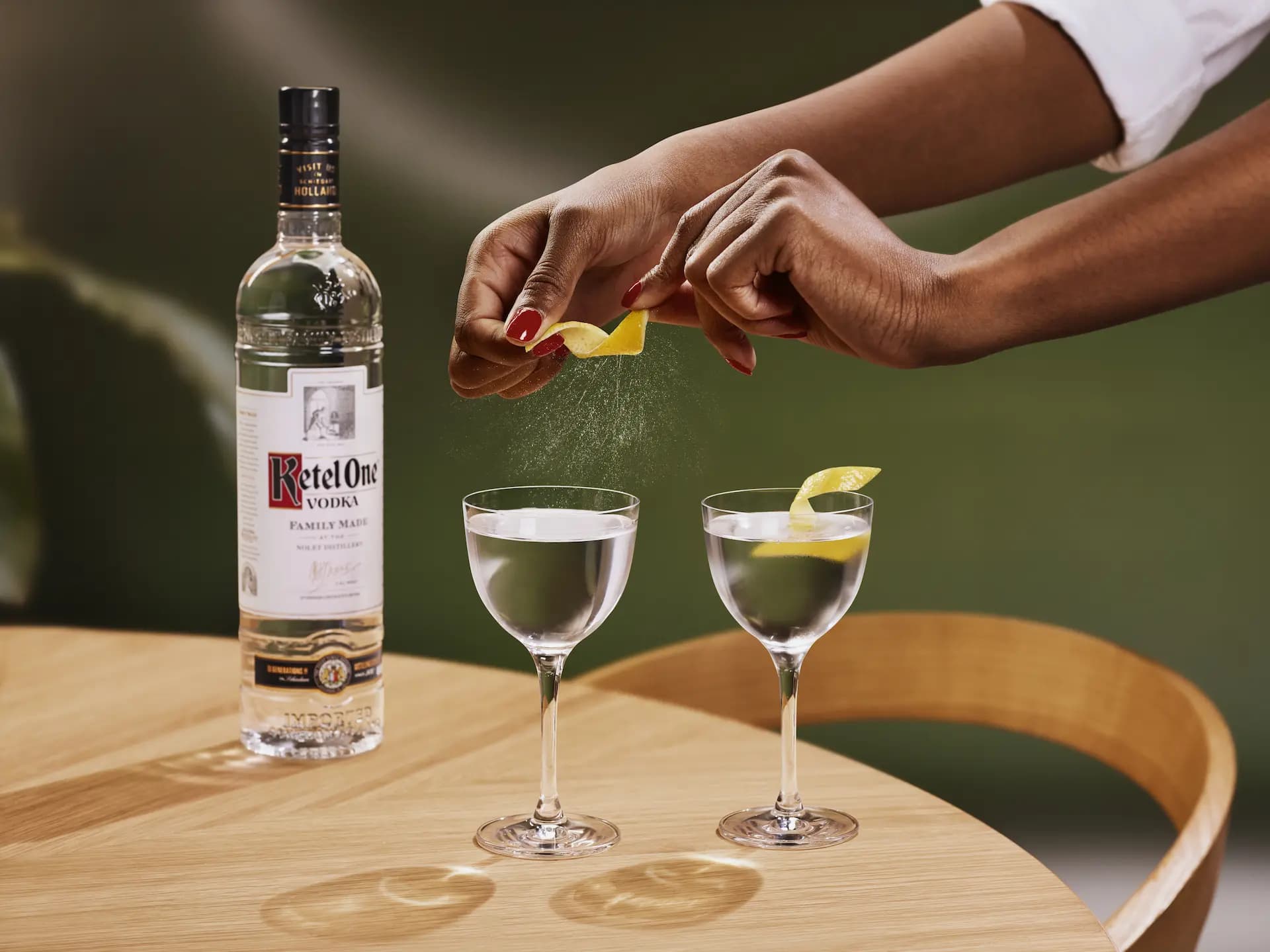French Martini Cocktail
The French martini cocktail is a modern classic drink known for its exquisite simplicity and prominent fruit flavour. Unlike a regular martini cocktail, it omits vermouth and gin in favour of a vibrant profile, showcasing how simple combinations produce elegant outcomes. The raspberry liqueur’s gorgeous pinkish-red hue, as well as the natural froth from the pineapple juice, add to its wonderful presentation.
Ingredients
Serves1- Check off ingredients
- 20mL vodka
- 10mL raspberry liqueur
- 20mL fresh pineapple juice
- 1cup ice cubes, for shaking
Method
- Step 1
Thoroughly chill a martini cocktail or coupe glass by placing it in the freezer.
- Step 2
In a cocktail shaker, add the vodka, raspberry liqueur and fresh pineapple juice along with ice.
- Step 3
Secure the top and shake aggressively for 15-20 seconds until the surface is well cooled and frosted.
- Step 4
Strain the mixture into a chilled glass and serve immediately.
Tips & Suggestions
Frequently Asked Questions
What is the difference between a martini cocktail and a French martini cocktail?
What makes a French martini cocktail frothy?
Can you make a French martini cocktail with rum?
You may also love these
Rate This Cocktail
If you love this recipe then tab a star to rate it.







